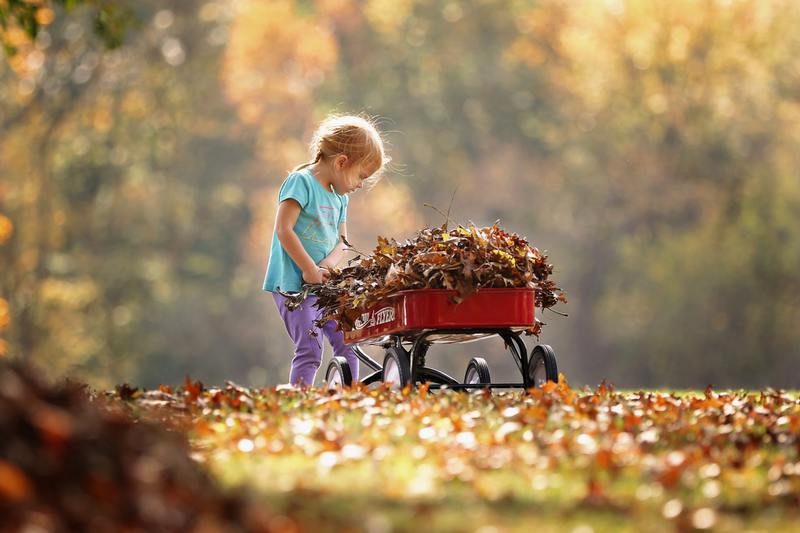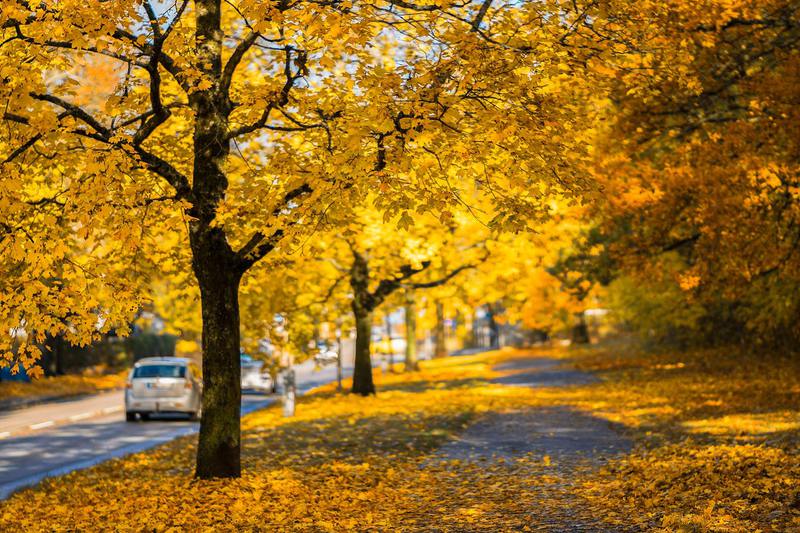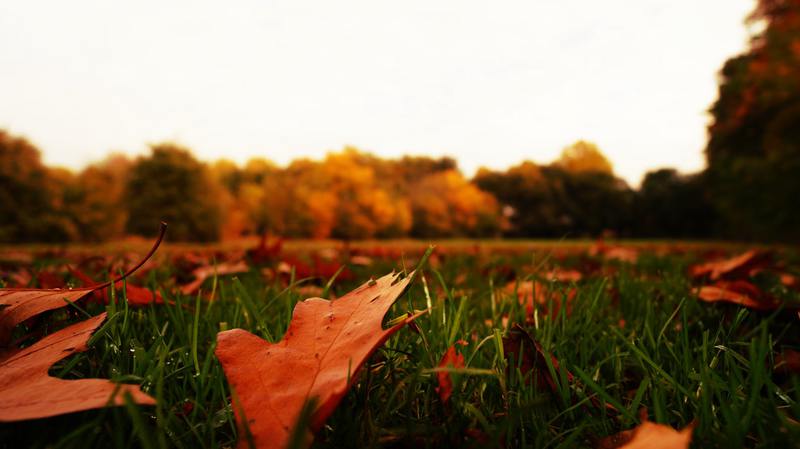A Guide to Autumn Leaves in Your Landscaping

A Guide to Autumn Leaves in Your Landscaping
It is about that time a year where you will begin to notice the leaves falling off of your trees. What should you do about them?
There are actually more than one answer to this question. Depending on where you live, what your landscaping needs are, and what your wants and abilities are, there are many things you can do with the leaves in your yard.
Here are some of our favorite way to use or dispose of autumn leaves.
Leaving Them on the Ground...Safely

If you would rather not rake them up and/or use plastic bags to get rid of your fallen leaves, you do not necessarily have to do so. You can easily incorporate the droppings from your trees into mulch for your landscaping, or even just leave them where they are.
Keep in mind that if you decide to not pick up the leaves in your yard, it could be a safety hazard in some situations. If you are near a road or even a sidewalk, the leaves can create a slippery surface or cover up holes or rocks that can be tripped on. On top of that, leaves that are left to die in the street will release phosphorous, which can block waterways and storm drains.
Also note that leaves left to cover your lawn and the base of your trees can hinder their growth if it gets to be a thick layer. Piles and layers of leaves can also hide snakes and ticks and other potential dangers.
To avoid some of the dangers of leaving all the leaves on the ground, consider shredding them with something like a mulching mower to make a fertilizer for your lawn. You can also take the shredded leaves and put them onto flower/vegetable beds and shrubs for mulch as well.
This is one of the best options for your leaves from an environmental aspect, and it is one of the easiest as well. As long as you make sure that you are being safe with how you spread them and pile them up, this is a fantastic option for your landscaping.
Composting

If you are someone who is living a zero-waste lifestyle, or simply loves to compost, this next option may be a great way to rid your yard of leaves and put them to use.
Decaying leaves generate carbon, which actually helps enhance the food scraps in your compost bin. This is great for your gardens and is a free, easy way to create better scraps for whatever purpose they serve.
To do this, simply ensure that the ratio of grass clipping and dead leaves to food waste is about 2 to 1. Spread the leaves on top of the other materials so they are able to soak up the moisture in the food scraps and also stops any odors from seeping out. Also make sure that you turn the leaves regularly to discourage any pests from getting in. You can also simply compost the leaves by themselves to make leaf mold.
Removing the Leaves

Lastly, we are going to talk about removing the leaves entirely from your landscaping. Lots of us simply prefer to have a completely clean landscape, and we have colorful plants to showcase without them being shielded by fallen leaves.
Depending on where you live, you may be in an area where the town picks up bags of leaves on the curb and composts them. If you do have this option where you live, make sure you bag them properly so that they can be taken. Typically they will require either paper bags or even biodegradable plant starch ones (here are some that we really like).
This is a great way to get rid of the leaves without simply throwing them into a plastic bag and into the trash. If you have this available to you, it is definitely worth taking advantage of.
Our Final Thoughts on Autumn Leaves

We hope you found our guide to using and/or getting rid of the fallen leaves in your backyard. If you do have additional issues with cleanup and landscaping in the fall, feel free to contact us for assistance!
How do you remove the leaves in your yard? Which one of these ideas are you the most excited to try?





